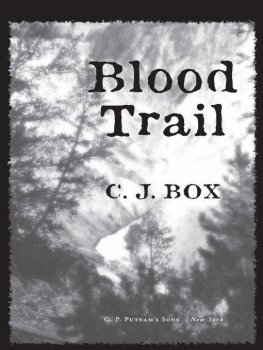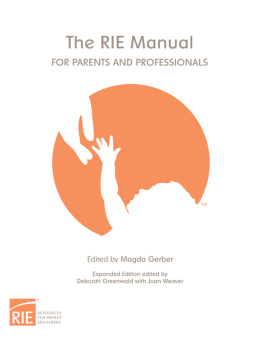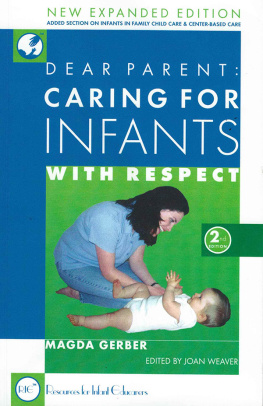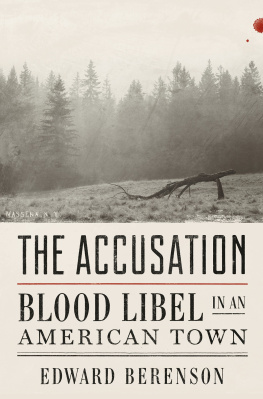Magda Teter - Blood Libel: On the Trail of an Antisemitic Myth
Here you can read online Magda Teter - Blood Libel: On the Trail of an Antisemitic Myth full text of the book (entire story) in english for free. Download pdf and epub, get meaning, cover and reviews about this ebook. publisher: Harvard University Press, genre: Religion. Description of the work, (preface) as well as reviews are available. Best literature library LitArk.com created for fans of good reading and offers a wide selection of genres:
Romance novel
Science fiction
Adventure
Detective
Science
History
Home and family
Prose
Art
Politics
Computer
Non-fiction
Religion
Business
Children
Humor
Choose a favorite category and find really read worthwhile books. Enjoy immersion in the world of imagination, feel the emotions of the characters or learn something new for yourself, make an fascinating discovery.

- Book:Blood Libel: On the Trail of an Antisemitic Myth
- Author:
- Publisher:Harvard University Press
- Genre:
- Rating:4 / 5
- Favourites:Add to favourites
- Your mark:
- 80
- 1
- 2
- 3
- 4
- 5
Blood Libel: On the Trail of an Antisemitic Myth: summary, description and annotation
We offer to read an annotation, description, summary or preface (depends on what the author of the book "Blood Libel: On the Trail of an Antisemitic Myth" wrote himself). If you haven't found the necessary information about the book — write in the comments, we will try to find it.
Blood Libel: On the Trail of an Antisemitic Myth — read online for free the complete book (whole text) full work
Below is the text of the book, divided by pages. System saving the place of the last page read, allows you to conveniently read the book "Blood Libel: On the Trail of an Antisemitic Myth" online for free, without having to search again every time where you left off. Put a bookmark, and you can go to the page where you finished reading at any time.
Font size:
Interval:
Bookmark:
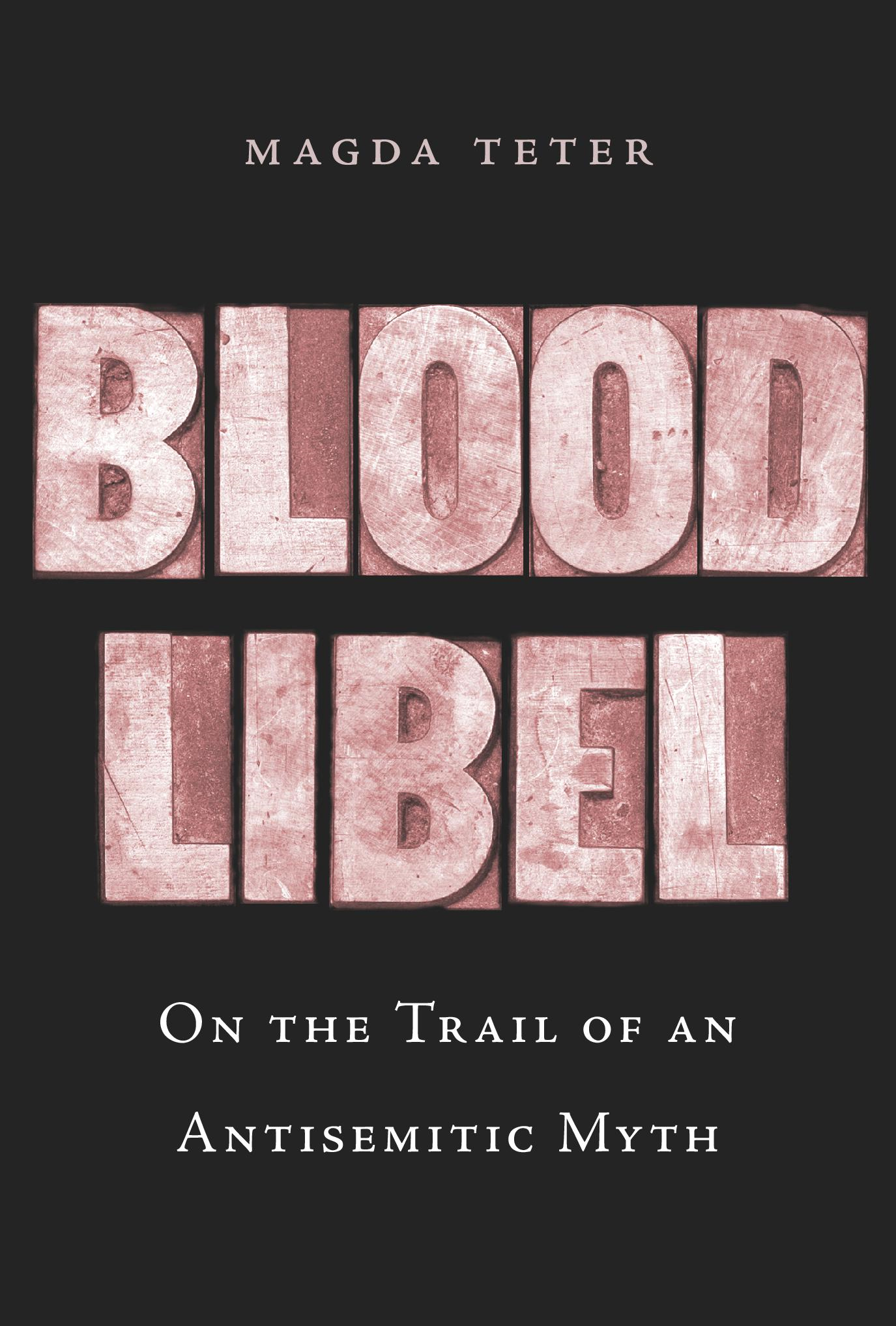
On the Trail of an Antisemitic Myth
MAGDA TETER


Cambridge, Massachusetts
London, England
2020
Copyright 2020 by Magda Teter
All rights reserved
Jacket design: Tim Jones
Letterforms photograph courtesy of Glyphstock/Getty
978-0-674-24093-3 (hardcover)
978-0-674-24355-2 (EPUB)
978-0-674-24356-9 (MOBI)
978-0-674-24354-5 (PDF)
The Library of Congress has cataloged the printed edition as follows:
Names: Teter, Magda, author.
Title: Blood libel : on the trail of an antisemitic myth / Magda Teter.
Description: Cambridge, Massachusetts : Harvard University Press, 2020. |
Includes bibliographical references and index.
Identifiers: LCCN 2019029681
Subjects: LCSH: Blood accusationEuropeHistory. | Christianity and antisemitismEuropeHistory. | Anti-Jewish propagandaEuropeHistory.
Classification: LCC BM585.2 .T48 2020 | DDC 305.892/404dc23
LC record available at https://lccn.loc.gov/2019029681
In gratitude to
YOSEF HAYIM YERUSHALMI
who introduced me to Isaac Cardoso and Shevet Yehudah
JEREMY ZWELLING
who gave me support when I needed it
JEANNETTE HOPKINS
who taught me all I know about writing and book publishing
STEPHEN FREEDMAN
who brought me to Fordham and offered cheer and encouragement
European sites of blood libel court cases.
Der Strmer, May 1, 1934, the ritual murder issue.
A mural of Simon of Trent on Brckenturm in Frankfurt.
Simon of Trent, late sixteenth-century painting, northern Italy.
William of Norwich, from Hartmann Schedel, Weltchronik (1493).
Simon of Trent, from Schedel, Weltchronik (1493).
Pilgrims visiting the relics of Simon (1475).
Tobias capturing Simon, Hystorie von Simon zu Trient published by Albert Kunne (1475).
Simons martyrdom with Simon held by Moses, Kunne chapbook.
Simon as martyr, Kunne chapbook.
Simon on the altar, Kunne chapbook.
A 1475 broadsheet with Brunetta.
Simon of Trent, pirated edition of Schedels Liber chronicarum (Augsburg,1497).
Antonio Gesti, Martirio di S. Simone di Trento (1589).
Michelangelo Mariani, Il glorioso infante S. Simone (1668).
Passover seder, Kunne chapbook.
Examination of Simons body after its discovery, Kunne chapbook.
Jews put to the flames, Kunne chapbook.
Execution of the baptized Jews, Kunne chapbook.
Jews conspiring to kidnap a child, with Christian symbols of fish and lamb, Kunne chapbook.
Tobias ordered to kidnap a Christian child, from Tiberino published by Ginther Zainer in Augsburg (1475).
Fresco on the site of Simons house in Trent.
Tobias the Jew snatches the boy, a painting in Sandomierz, Poland.
Simonine iconography of ritual murder, Sandomierz, Poland.
Raptus, from a painting San Simonino da Trento by Pietromartino Fiammingo di Anversa (1597).
Northern European iconography stressing murder (1698).
A Jew desecrating a crucifix, from Schedel, Weltchronik.
Burning Jews, from Schedel, Weltchronik.
Pages from Mnsters Cosmography (1567).
First printed illustrated Haggadah, by Thomas Murner (1512).
S. Simonino da Trento, broadside by Giovanni Parone (16431730).
Andreas of Rinn, early twentieth-century devotional card.
A drawing of a body found near Tyczyn in 1766.
Story of Simon of Trent in Der Strmer, 1934.
During the premodern period covered by this book, political boundaries changed, and some states known today did not exist. The Polish state, for example, transformed from a union of two independent states of the Polish Crown and the Grand Duchy of Lithuania into the Polish-Lithuanian Commonwealth. The terms Poland and Poland-Lithuania are sometimes used in the text to denote the Polish-Lithuanian Commonwealth, especially for sources in Polish, unless specific regions are pertinent. Italy as a single state did not exist; it comprised separate principalities, including the Papal States, Venetian Republic, Duchy of Milan, and others. But sources do use the term Italia, and in some cases the term Italy is used in the book. But political units that are particularly pertinent are referred to by their proper names.
Towns and cities are identified throughout according to the terminology of the period, unless an English equivalent exists. For example, present-day Vilnius in Lithuania appears as Wilno, and current-day Lvv in Ukraine is referred to as Lww. But for Krakw, Trento, or Warszawa, for which English names exist, Cracow, Trent, and Warsaw are used. In the bibliography, the place names correspond to those in the publication itself, except for well-known places such as Rome, Venice, or Amsterdam.
Names appear the way they are shown in court records, often in Latinized form. For example, the Polish name Katarzyna is referred to as Caterina in court documents. The Latinized form, which is also easier for the English reader, is the version used in the book. Trent and other multilingual borderlands present a particular problem. When records exist in different languagesfor example, in Latin, Italian, and German sources in Trent, where different versions of names appearthe name that corresponds to the language the person spoke is used. So, for example, the German-speaking Jew Engel, referred in Latin or Italian records as Angelus or Angelo, respectively, but in German contemporary sources as Engel, is named Engel in the book. The Trent trial was a German affair, in the German-speaking part of the town.
All translations within the textfrom French, German, Hebrew, Italian, Latin, Polish, Russian, Spanish, and Yiddishare mine, unless otherwise noted. If there exists a published English translation, usually that translation is used, unless otherwise noted. Early modern sources in English retain their spelling.
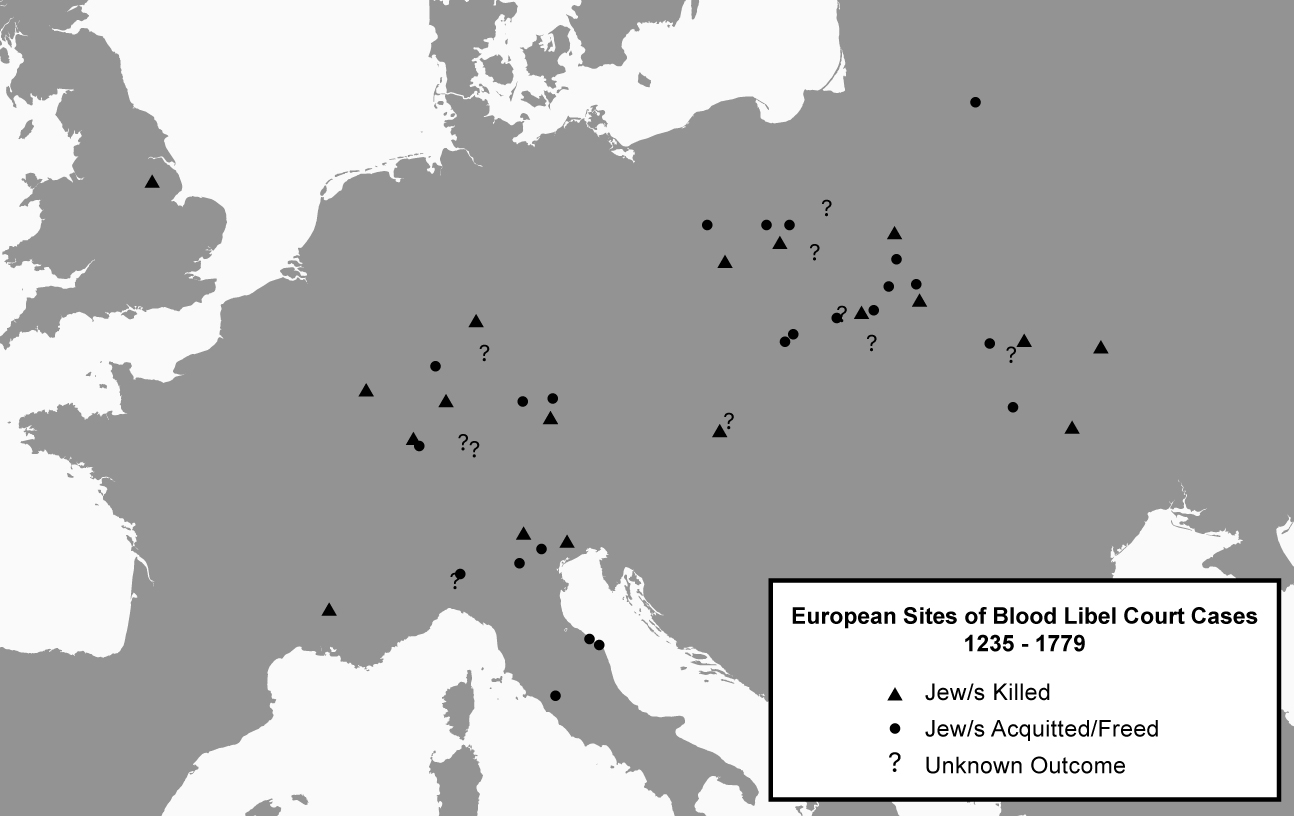
Sites where legal proceedings took place or legal evidence exists. For more extensive maps see www.thebloodlibeltrail.org
IN 2014, the Anti-Defamation League appealed to Facebook to take down a page titled Jewish Ritual Murder. In the fourteenth century, the story entered popular works of literature, the most famous among them, Chaucers Prioresss Tale. Although Little Hugh of Lincoln was the focus of a site of popular devotion, he was never officially recognized as a saint by church authorities, either Catholic or, later, Anglican.
When they arrived at the cathedral in 2015, the group was confronted by a priest who informed them that Little Hugh of Lincoln was not a saint. In fact, since 1959, at a time when Europe was reckoning with the enormity of the Nazi destruction of Jews and beginning to reexamine Christian, anti-Jewish sentiments in culture and prayers, a plaque has hung at the site of Little Hughs tomb.
Font size:
Interval:
Bookmark:
Similar books «Blood Libel: On the Trail of an Antisemitic Myth»
Look at similar books to Blood Libel: On the Trail of an Antisemitic Myth. We have selected literature similar in name and meaning in the hope of providing readers with more options to find new, interesting, not yet read works.
Discussion, reviews of the book Blood Libel: On the Trail of an Antisemitic Myth and just readers' own opinions. Leave your comments, write what you think about the work, its meaning or the main characters. Specify what exactly you liked and what you didn't like, and why you think so.

